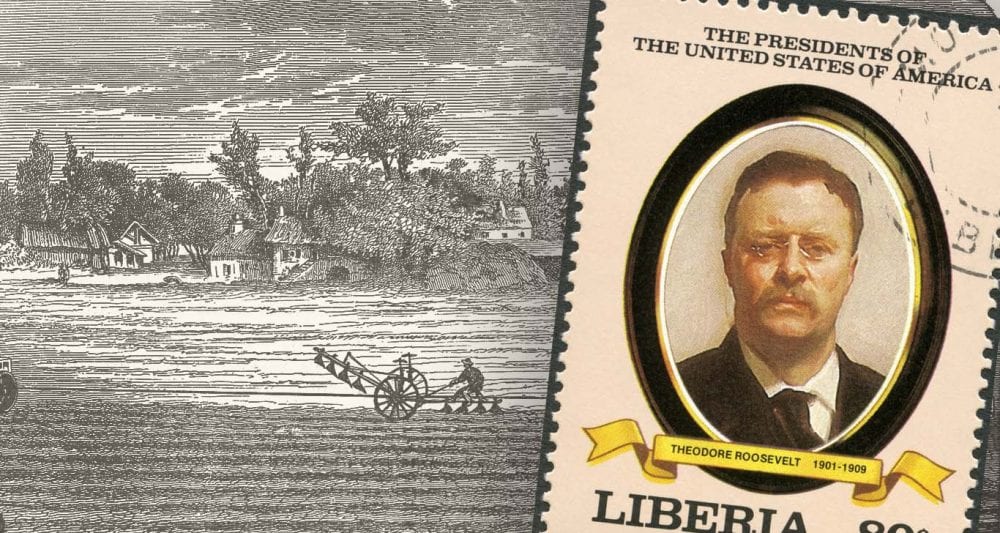History of Medicare in America
Every day we hear more and more about America’s health care system. But this is not new. You may be tempted to think that in the wake of Obamacare and Trumpcare that this wave of health talks is the first time America has been swept up. But that is just not the case with the History of Medicare in America. Did you know that when Teddy Roosevelt ran for president in 1912, his platform included a national health insurance system? But that message never really got much steam until the presidency of Harry S. Truman.
Truman wanted to address many issues in the healthcare industry. He had concerns about the lack of availability of health professionals in rural areas, he wanted to bring more attention to public health services to help curb the spread of infectious diseases, he wanted to invest in medical research, and finally, he wanted to provide a national health insurance plan. What?! Sounds familiar doesn’t it? There was a strong attack against the bill, and with the start of the Korean War, Truman was forced to drop the bill.
America’s health care system
However, that was not the end of it. In 1965, President Lyndon Johnson signed a health insurance bill for the elderly and needy. This bill is what we know today as MediCare. In an unusual twist, former President Harry Truman and his wife Bess were the first recipients of MediCare. But Medicare was to go through many more changes. The next few decades brought the change past Medicare Parts A and B. We saw the additions of Medigap and the addition of hospice care were included in the benefits. In the nineties, Medicare C was added, and in 2003 President George W. Bush signed Medicare D into law. And we have continued to see changes as the Affordable Care Act was enacted. It seems there are no easy answers when it comes to healthcare but we can expect to see more changes coming our way. We will have to wait and see what changes are around the bend for Medicare in the next few years.


